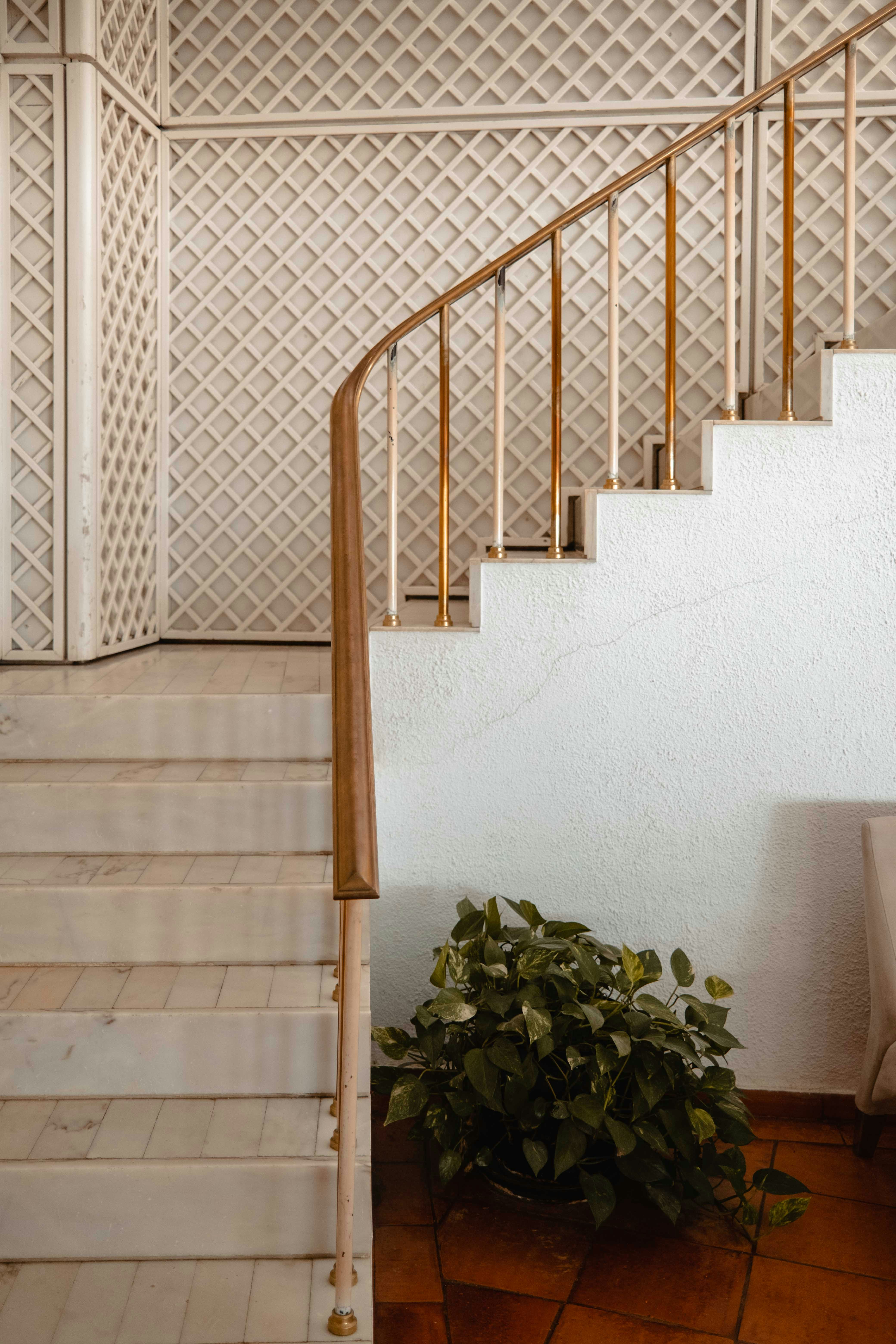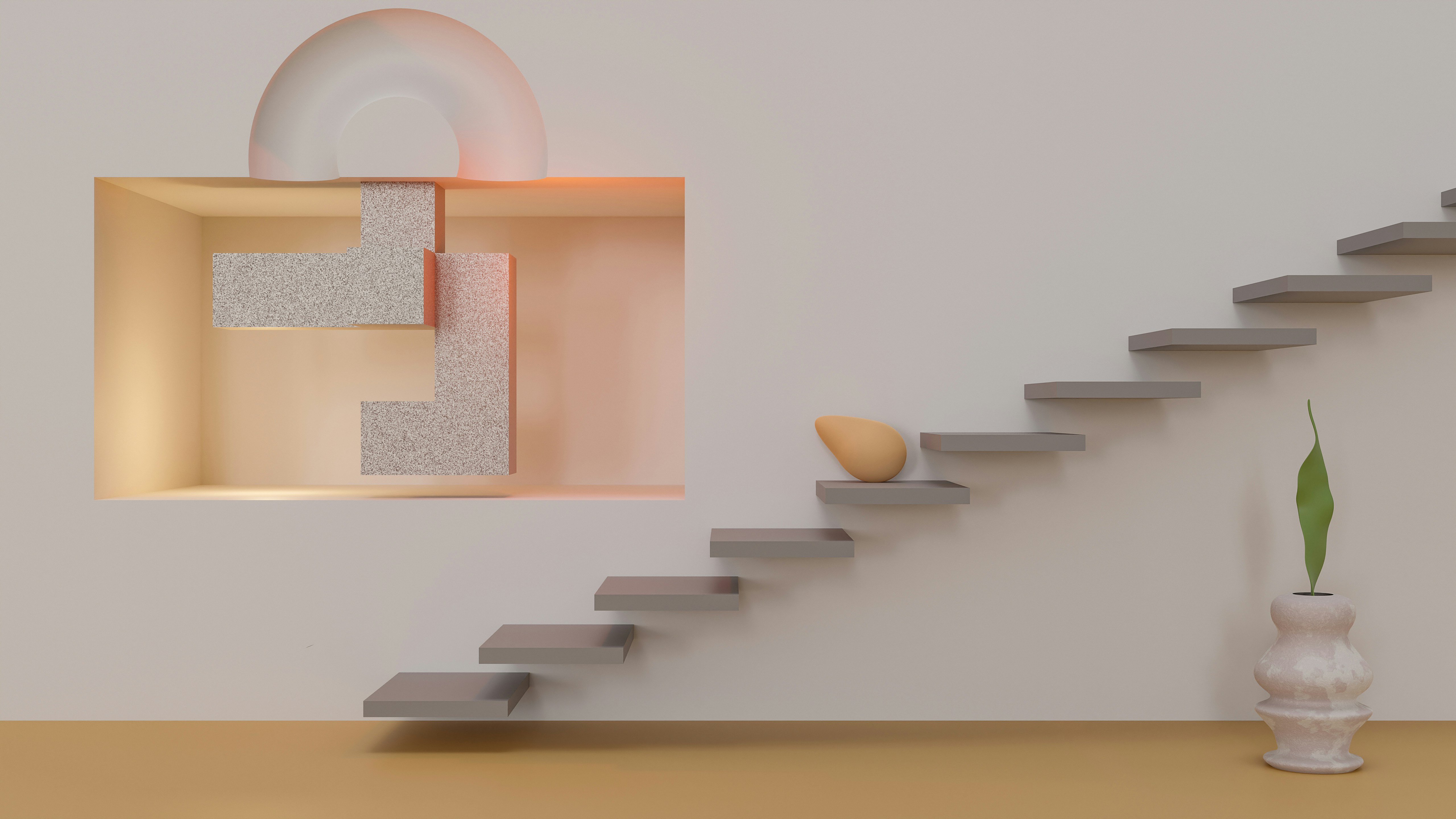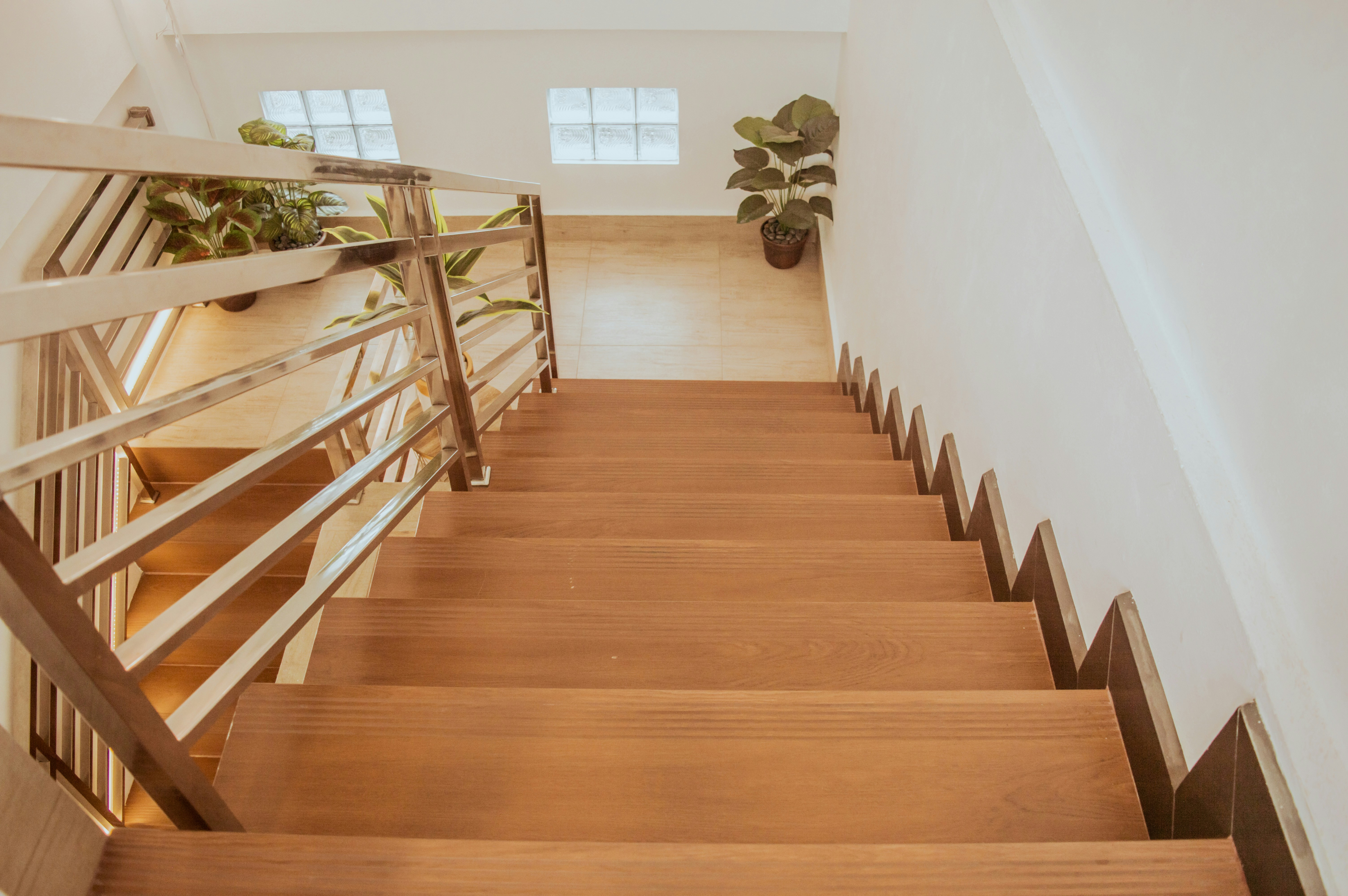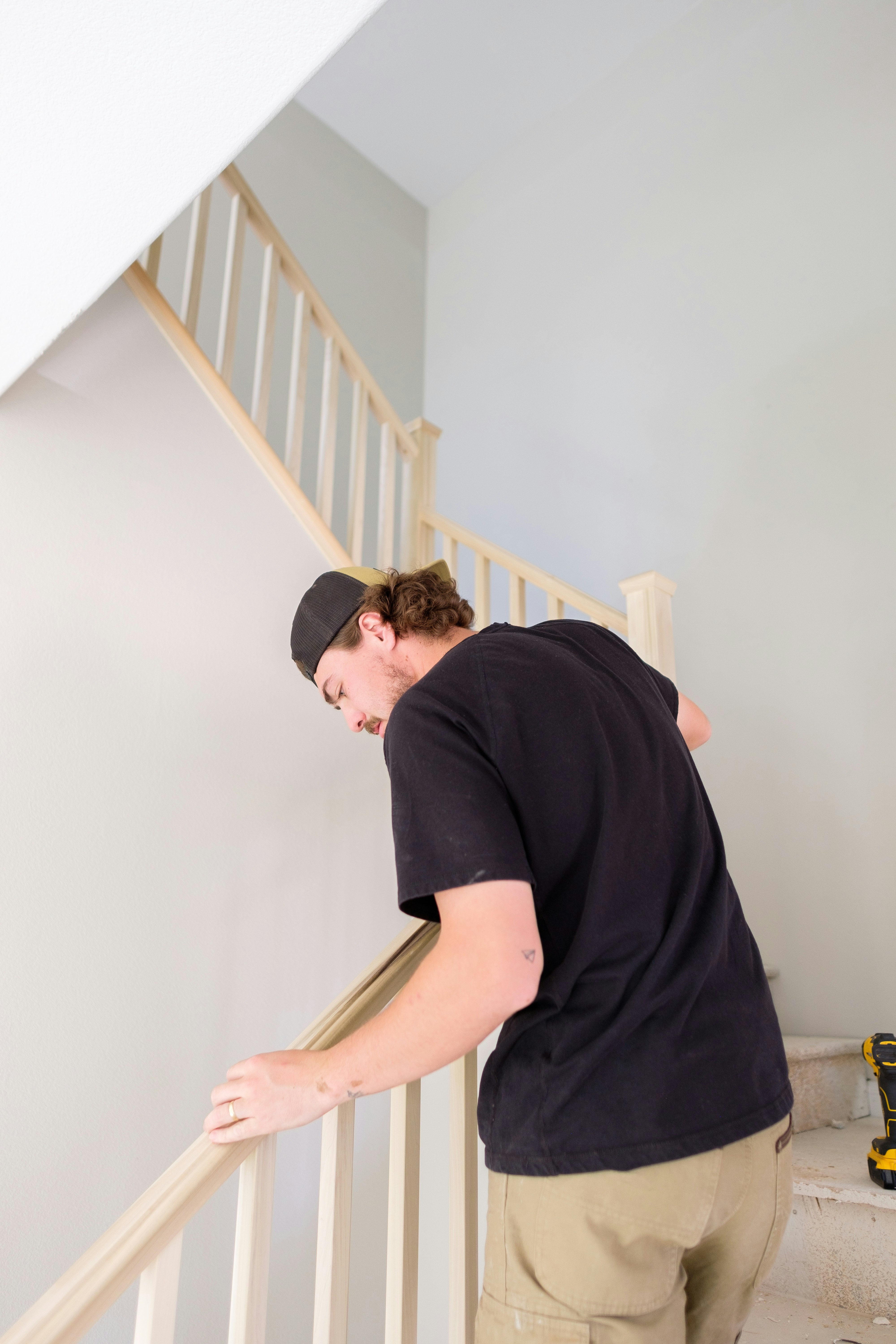Jun 26, 2024
Expert Stairs Installation: Seamless Solutions for Your Home
Overview of the Process
Stairs installation involves a series of precise steps that must be carefully executed to ensure a functional and visually appealing outcome. The process typically begins with thorough planning, including assessing the site, measuring relevant dimensions, and selecting suitable materials.
Once the preparatory work is complete, cutting stringers and treads to precise measurements follows, requiring attention to detail and accuracy. Assembling the various components such as stringers, treads, risers, and handrails is a critical phase that demands precision and expertise to ensure stability and durability.

Safety Considerations
Safety should always be paramount when it comes to stairs installation. Poorly constructed or improperly installed stairs can pose serious risks to occupants, leading to accidents and injuries. Factors such as tread width, riser height, handrail positioning, and non-slip surfacing must be carefully considered during the installation process to meet safety standards and building codes.
Installing proper lighting on stairs is also crucial for visibility in dimly lit areas or at night. By prioritizing safety considerations throughout the installation process, you can create staircases that not only look impressive but also provide secure passage for users.
Straight Stairs: Timeless Simplicity
Straight stairs are a classic design choice known for their simplicity and versatility. The basic installation steps for straight stairs involve first determining the rise and run measurements, cutting the stringers to size, and securing them to the supporting structure.
Treads can then be attached, ensuring a secure and level surface for walking. The key to a successful straight stair installation lies in precise measurements and careful alignment of each component.
When it comes to materials and tools required for straight stairs installation, essential items include wood or metal stringers, treads, risers if desired, fasteners such as screws or nails, a saw for cutting materials to size, a level for ensuring accuracy, and measuring tape for precise calculations. It's crucial to choose high-quality materials that can withstand daily use while complementing the overall aesthetic of the space.

L-Shaped Stairs: Embracing Creativity
L-shaped stairs offer a unique design opportunity but also come with installation challenges that require innovative solutions. One common challenge is dealing with corners and angles when fitting the stairs into limited spaces.
Solutions may involve custom-cutting stringers or adjusting the design layout to ensure a seamless transition between sections. Design options for different spaces can vary from open-concept layouts that create a sense of flow to more enclosed configurations that provide privacy and separation.
For L-shaped stairs installation, it's important to consider not only the functional aspects but also the aesthetic appeal. Materials such as glass panels or wrought iron balusters can add visual interest while maintaining structural integrity.
The choice of handrails and newel posts can further enhance the overall design theme, whether contemporary or traditional. By embracing creativity in both form and function, L-shaped stairs can become focal points of architectural beauty within any home.
Spiral Stairs: A Twisting Marvel
Spiral stairs offer a unique charm with their compact footprint and elegant curves but require special installation techniques due to their non-traditional design. Installing spiral stairs involves precisely positioning each step along the central column while ensuring stability and safety throughout the structure.
Advantages of spiral stairs include their space-saving nature ideal for small areas where traditional staircases would be impractical. However, spiral stairs also have limitations such as narrower treads that may feel less comfortable than wider steps found in straight or L-shaped designs.
Unique installation techniques often involve assembling modular components that fit together seamlessly like pieces of a puzzle. Careful attention must be paid to details such as handrail height regulations and tread depth consistency to meet building codes and ensure user safety when navigating spiral staircases.

Pre-Installation Preparation
Site Assessment and Measurement
Before embarking on a stairs installation project, a thorough site assessment and precise measurements are crucial. Start by assessing the space where the stairs will be installed, considering factors such as ceiling height, available floor space, and any obstacles that may impact the design. Measure the total rise from the lower level to the upper level to determine the number of steps needed.
Additionally, calculate the run, which is the horizontal distance covered by each step. Accurate measurements are essential for ensuring a proper fit and safe stair design.
Calculating Rise, Run, and Tread Depth
Calculating the rise, run, and tread depth of each step is fundamental to creating a functional and comfortable staircase. The rise refers to the vertical distance between two consecutive steps, while the run denotes the horizontal distance covered by each step. To ensure safety and ease of use, it is recommended to adhere to standard measurements for rise (typically around 7-8 inches) and run (around 10-11 inches).
Additionally, determining the tread depth - or the depth of each step - plays a significant role in providing stability and comfort while using the stairs. Careful calculation of these dimensions will result in a staircase that meets both aesthetic appeal and functional requirements.

Ensuring Compliance with Building Codes
Compliance with local building codes is non-negotiable when installing stairs in any residential or commercial property. Building codes dictate specific requirements for stair design to ensure safety standards are met. These regulations cover various aspects such as minimum stair width, maximum riser height, handrail specifications, headroom clearance above stairs, among others.
It is essential to familiarize yourself with these regulations before commencing any construction work to avoid costly revisions or potential hazards later on. By adhering to building codes during pre-installation preparation, you can guarantee that your staircase meets all necessary safety standards.
Cutting Stringers and Treads
Precise cutting of stringers and treads is crucial for a successful stair installation. Stringers are the structural supports that hold the treads in place, providing stability to the staircase. When cutting stringers, accuracy is key.
Use a high-quality circular saw with a sharp blade to ensure clean cuts. Measure twice and cut once to avoid errors that could jeopardize the structural integrity of the stairs.
Treads are the horizontal boards that form the steps of the staircase. When cutting treads, make sure they are consistent in size to provide a uniform appearance.
Use a miter saw or table saw for precise cuts. Double-check measurements before cutting each tread to prevent mistakes that may disrupt the flow of your staircase design.

Assembling Components
Once you have accurately cut your stringers and treads, it's time to assemble them into a functional staircase. Start by attaching the stringers to the support structure using appropriate fasteners such as screws or nails. Ensure that each stringer is securely fixed in place to bear the weight of people using the stairs.
Use a level throughout this process to maintain evenness and alignment. Next, fix the treads onto the stringers at equal intervals, ensuring they are level and securely attached.
Use construction adhesive along with nails or screws for added stability. Pay close attention to spacing between treads for proper foot placement and safety compliance.
Finishing Touches
After assembling all components of your staircase, it's time for finishing touches that will enhance its aesthetic appeal and durability. Begin by sanding all surfaces to remove any rough edges or imperfections left from cutting and assembly processes.
This step will also prepare the wood for painting, staining, or varnishing. Choose a finish that complements your décor style and protects your stairs from wear and tear over time.
Apply multiple coats of paint or varnish evenly with a brush or roller, allowing sufficient drying time between coats. For added safety and visual appeal, install handrails along one side of your staircase as well as balusters spaced appropriately according to building codes.

Customizing Staircases
Incorporating Curved Elements
For those aiming to elevate the aesthetics and uniqueness of their staircase, incorporating curved elements is a sophisticated design choice. Curved stairs exude elegance and can make a striking statement in any space. To achieve this look, specialized skills and tools are required.
From crafting the curved stringers to fitting the treads seamlessly, precision is paramount. Utilizing flexible materials like wood or metal that can be molded into graceful curves will help in creating a visually appealing staircase design.
Integrating Lighting Features
Lighting plays a crucial role in not only enhancing the safety of your staircase but also adding a touch of ambiance to the space. Integrating lighting features along the stair risers or underneath the treads can create a stunning visual effect.
LED strip lights are popular choices for their energy efficiency and versatility in installation. By strategically placing lights along the staircase, you can highlight its architectural details and ensure visibility during both day and night.

Common Installation Mistakes & Troubleshooting Tips
As with any construction project, there are common mistakes that can occur during stairs installation. One frequent error is inaccurate measurements leading to ill-fitting components. To avoid this, double-check all dimensions and ensure precise cutting of stringers and treads.
Another common issue is neglecting proper support for the stairs, which can result in structural instability over time. Troubleshooting such mistakes may involve making adjustments to ensure proper alignment, reinforcing weak joints, or seeking professional assistance if needed.
Conclusion
In mastering the art of stairs installation, you have embarked on a journey that blends craftsmanship with functionality and design innovation. By delving into advanced techniques such as customizing staircases with curved elements and integrating lighting features, you have expanded your skill set as a skilled artisan of stair construction.
Remember that even common installation mistakes offer valuable learning opportunities for growth and improvement in your craft. Embrace each challenge as an opportunity to refine your skills further, ultimately creating staircases that not only serve their practical purpose but also elevate the aesthetic appeal of any living space.